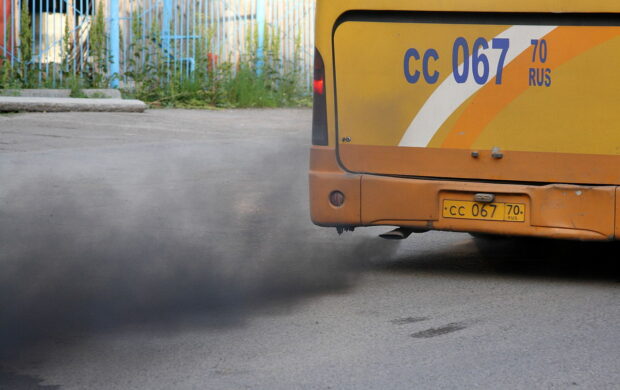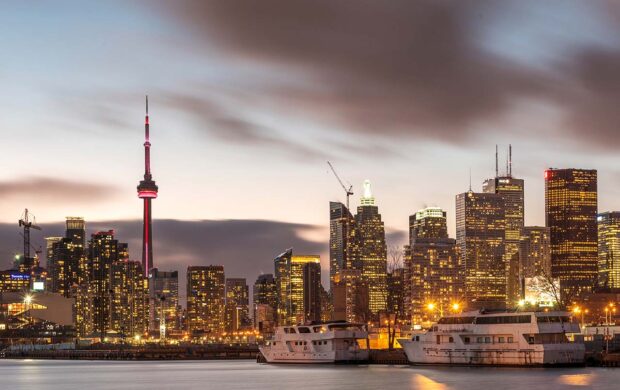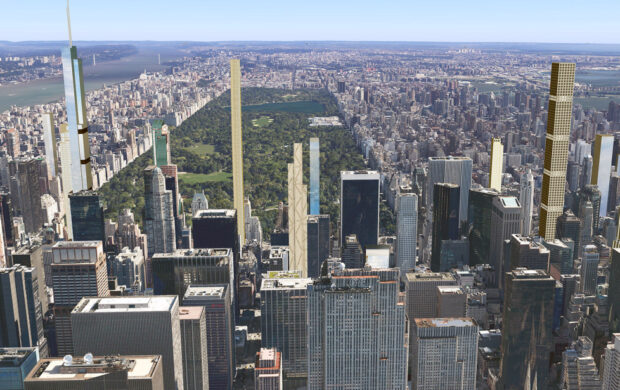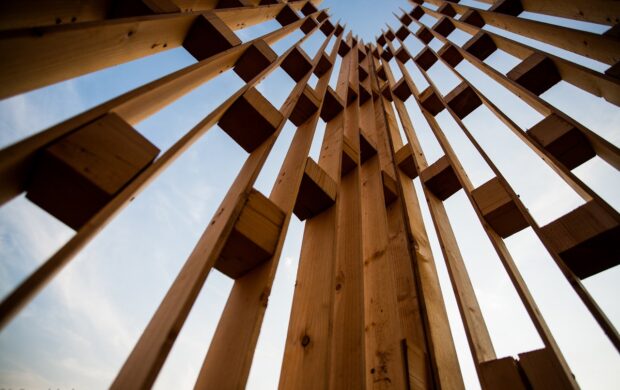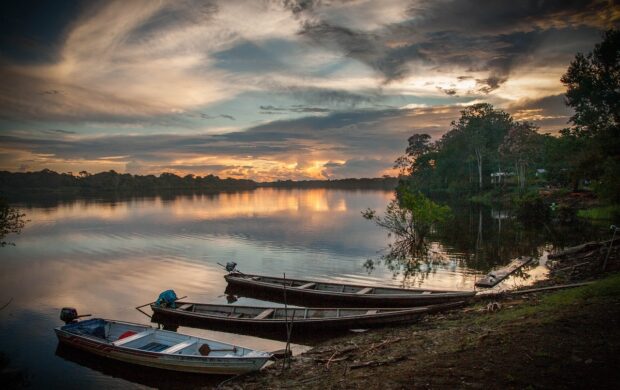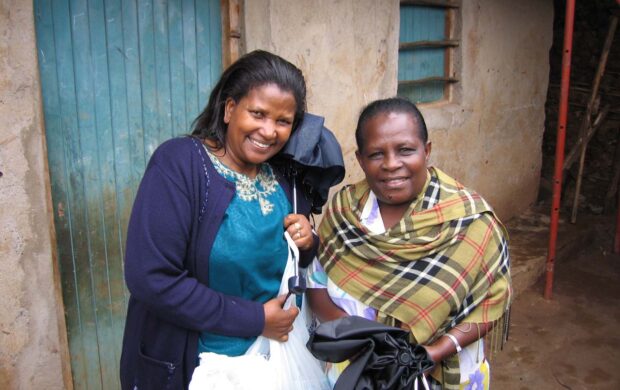Situated in the Mose valley of the Western Ghats mountain range in the state of Maharashtra, Lavasa has been under construction for a decade. By 2021, the developers expect the city to spread over 25,000 acres and house 200,000 people.
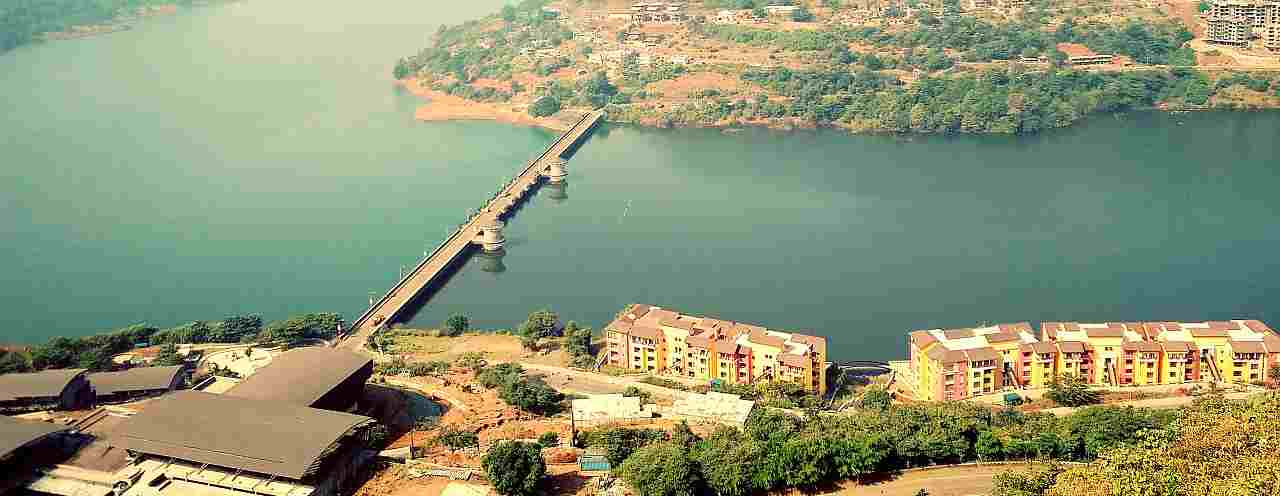
It’s the first city in India that’s been conceived, executed and ran entirely by a private company: Lavasa Corporation Limited, a subsidiary of Hindustan Construction Company (HCC) and the personal project of Ajit Gulabchand, a wealthy Indian industrialist.
It’s also the first ‘hill station’ since Indian independence: these compounds in the cooler highlands were built by British colonial officials to escape from the heat and crowds of low-lying cities, and are now popular tourism destinations for both Indians and international visitors. The building of new hill stations has been encouraged by the Maharashtra government as a way to boost tourism. But Lavasa is seen as more than just a holiday destination by its creators: they see it as a blueprint for Indian smart cities.
The Western Ghats are a biodiversity hotspot, and Lavasa corporation and its partner, the US architecture and urban planning firm HOK (formerly Hellmuth, Obata + Kassabaum), claim lofty sustainability aspirations. HOK states that biomimesis, design inspired by the science of natural systems and structures, has guided the master plan. To prevent erosion during monsoon in the steep valley in which the city is built, HOK has designed buildings with canopy roofs to hold water and permeable paving surfaces. It reports 70% of previously deforested land will be reforested and a 65% reduction in potable water consumption through rainwater harvesting. And it aims for 80% of the residents to be able to walk to work.
Currently the city mainly attracts tourists and many apartments have been purchased by wealthy Indian urbanites as second homes. Mixed community liveability remains an aspiration so far, with workers in the restaurants and hotels telling reporters they aim to work in Lavasa only temporarily, due to a lack of schools to raise children and little community.
There has been a degree of controversy around the city. The project was stalled and set back by 3 years causing significant financial woes for Lavasa Corporation following a ruling in 2011 by the Indian environment ministry that construction had broken environmental laws. There have also been claims the way Lavasa Corporation displaced villagers was a land grab, that planning laws were bypassed, and that the city will create water crisis for the bigger and growing population in the downstream city of Pune.
Lavasa was the first new hill station and first designed and ran by a private company but it looks like more are on the way.
Image credit: Akshay/Flickr

